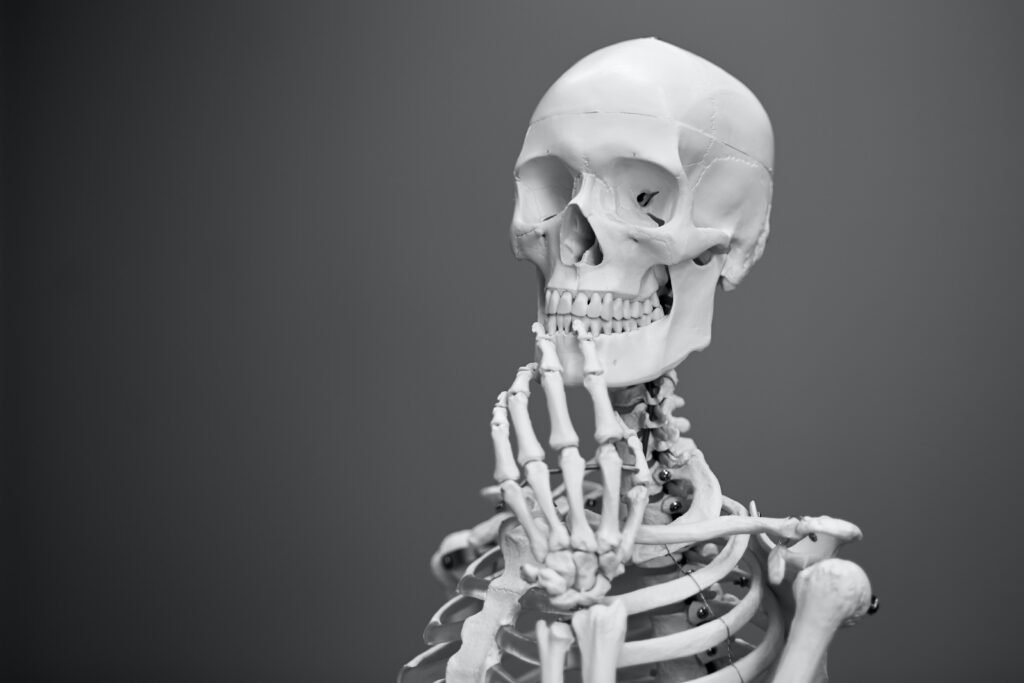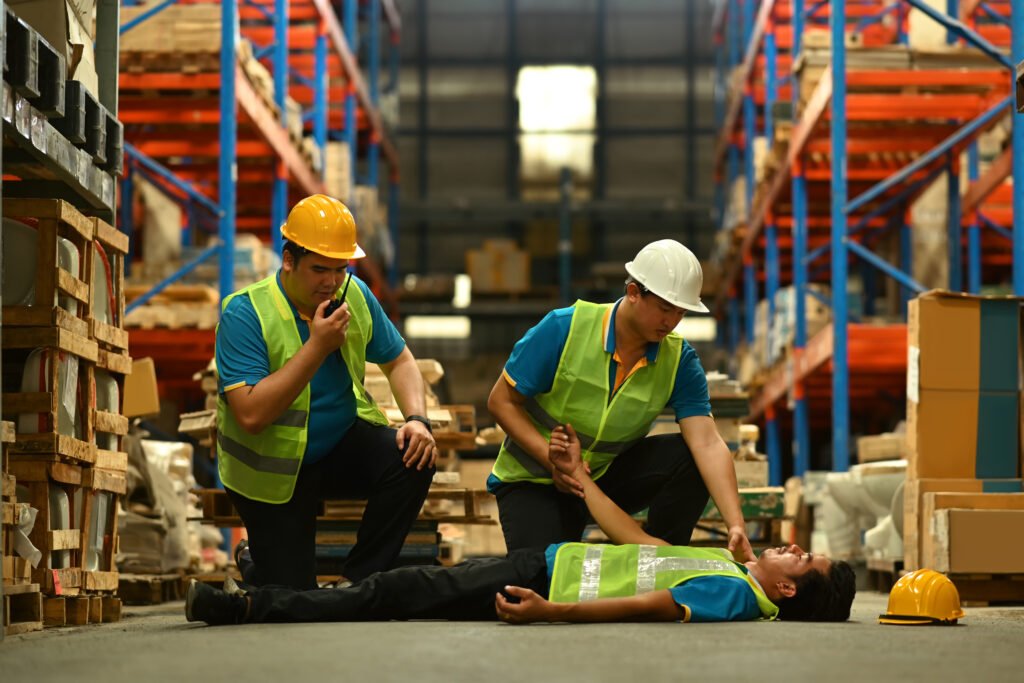Every year, the HSE publishes statistics surrounding workplace injuries.
For 2021/2022, a total of 1.8 million people suffered from a work-related illness. While injuries and illness can have a variety of causes, a lack of workplace safety undoubtedly has a huge impact on the types and numbers of injuries that are sustained.
With 477,000 injuries relating to a musculoskeletal disorder alone, it is clear that more needs to be done to reduce the potential for injuries which result from manual lifting.
After all, even so-called ‘minor’ incidents resulting in back problems can cause ongoing issues for the worker, while also resulting in lost productivity for the business.
The following are just some of the most common manual handling injuries experienced by workers to demonstrate where safety improvements are most needed.

Musculoskeletal injuries
As we alluded to above, musculoskeletal injuries make up a large proportion of all injuries reported to the HSE. These include injuries to the muscles, tendons, ligaments or joints which result in strains and sprains. Typically, such injuries happen to the back and are a direct result of improper lifting techniques.
Prevention: Investing in manual handling equipment can reduce physical strain on employees, and in turn can lessen the chances they will receive a musculoskeletal injury while at work. However, where manual lifting is still required (i.e. for lighter loads), the proper lifting techniques should be taught, including understanding safe load limits. Wherever possible, loads should be broken down into smaller loads to make lifting or carrying more manageable. When not conducting lifting duties such as office work, an ergonomic setup along with awareness of posture can also reduce other forms of musculoskeletal injuries.

Slips, Trips & Falls
When surfaces are slippery or wet, or if there are tripping hazards, workers can sustain injuries through slips, trips and falls.
Injuries can be worsened depending on how the person lands from a fall. In addition, if there is a drop meaning the person falls from a height the resulting injuries can be life-threatening. Furthermore, falls from a height are consistently found to be the biggest killer of UK workers while on the job.
Prevention: Where there are obvious risks of a serious fall, trip or slip, particularly from a height then fall protection equipment should be used. This can include a fall arrest system or fall restraint system that conforms to the local working-from-height safety standards Workplace clothing including safety footwear can be worn to reduce the chances that someone may slip, and likewise, anti-slip mats or flooring can be used for the same purpose. Other tips are to keep work areas clean, tidy and well-organised including removing potential tripping hazards. Work areas should also have adequate lighting. If any spillages occur, then these should be cleaned up without delay with warning signs placed around the area.
Metreel – Handling Solutions For Safer And More Productive Workplaces
It is essential to conduct an independent health and safety assessment to determine what measures are needed to prevent injuries in your workplace. The advice will differ depending on the industry, applications and specific threats present.
However, one area where Metreel can assist includes installing handling equipment such as monorails, workstation cranes, track systems, gantries, hoists or balances within your workplace.
Based in Derbyshire, we supply material handling solutions to businesses across the UK. View our products in greater detail by heading over to our product brochure page.
Alternatively, if you’re ready to place an order or have any questions about our material handling products please give us a call on 0115 932 7010 or email us at [email protected].